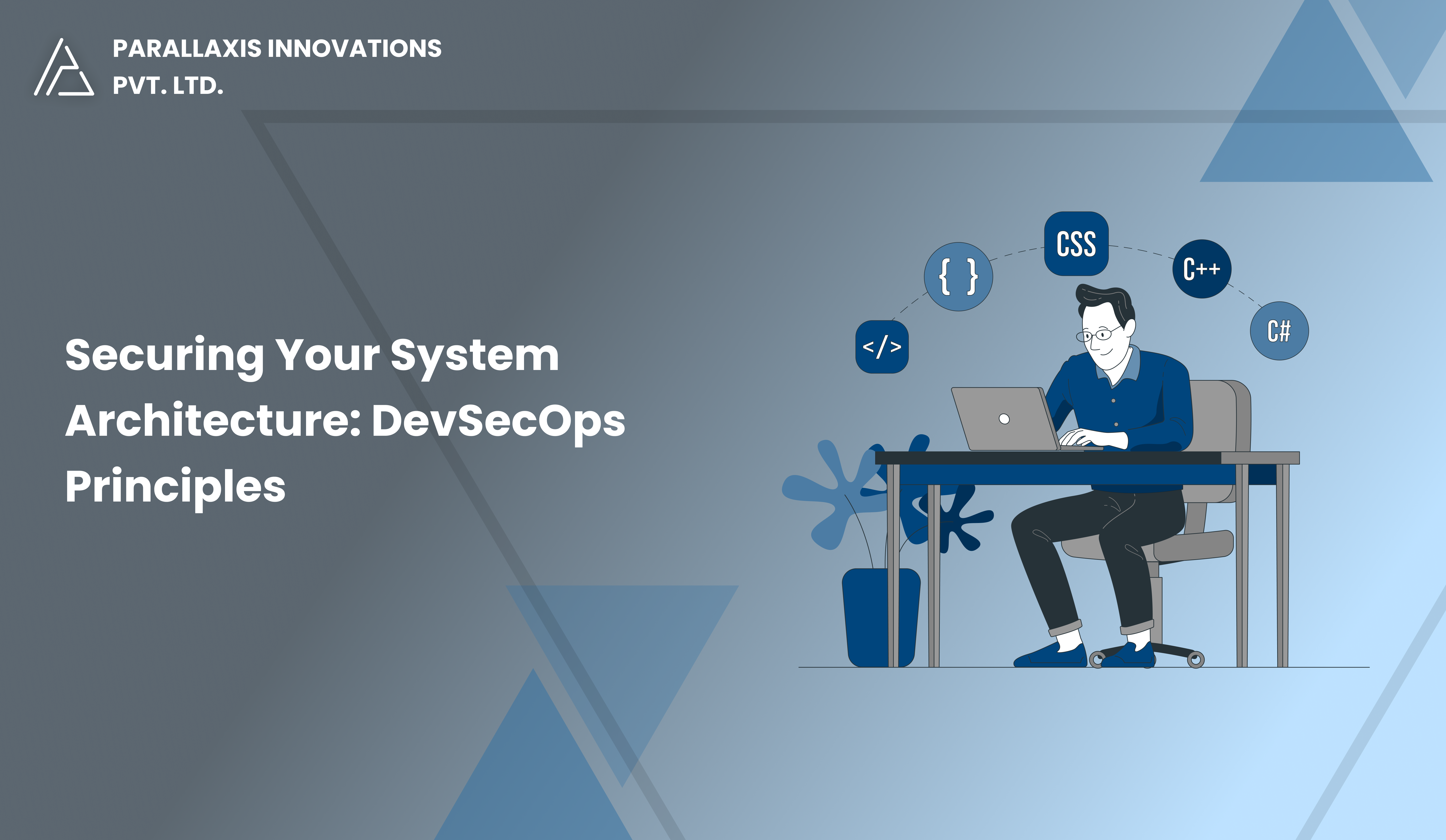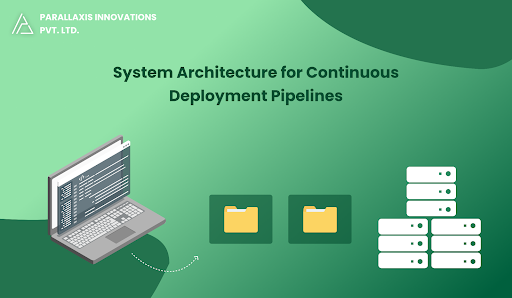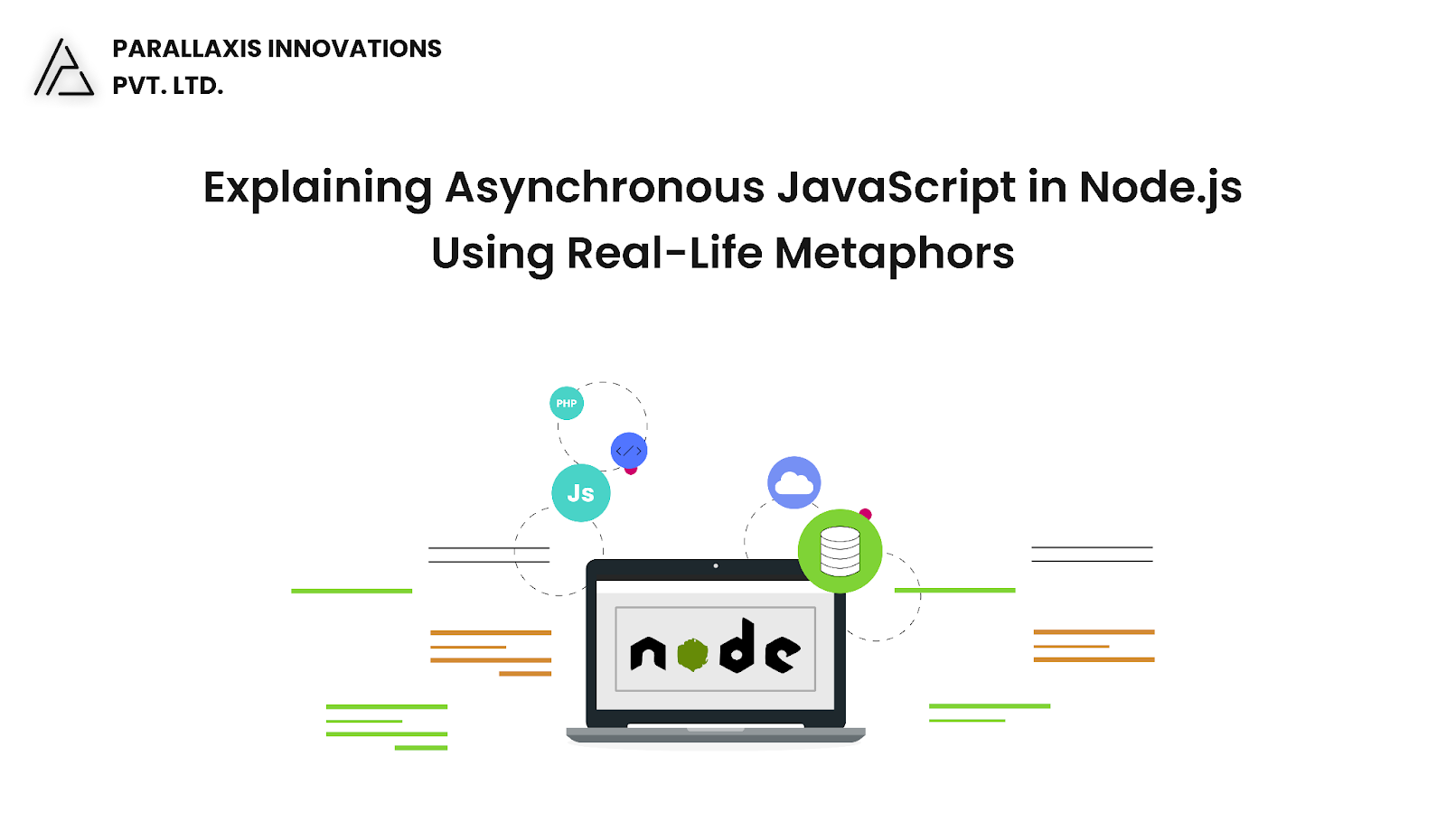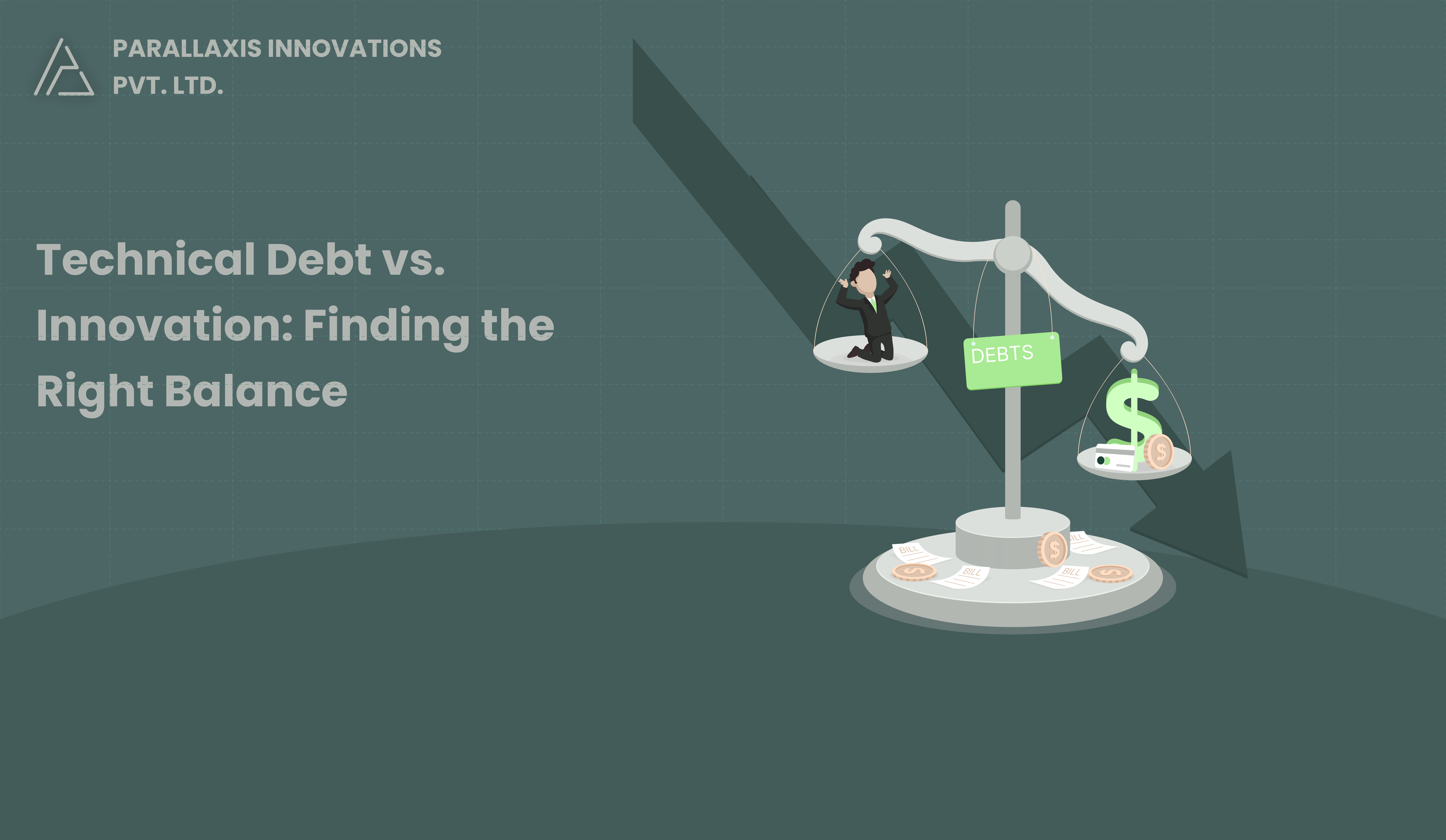In an era of rapid development, cloud-native applications, and continuous deployment, security can no longer be an afterthought. As cyber threats become more sophisticated and the cost of breaches escalates, modern software teams must integrate security into every phase of the development lifecycle. That’s where DevSecOps comes into play.
DevSecOps, short for Development, Security, and Operations, is not just a methodology. It's a cultural shift that embeds security deeply within DevOps practices and system architecture. In this blog post, we’ll explore what DevSecOps really means, how it reshapes system architecture, and the key principles to secure modern, scalable systems from the inside out.
What is DevSecOps?
DevSecOps integrates security practices into the DevOps pipeline. Rather than treating security as a final gate before deployment, it becomes a shared responsibility across development, operations, and security teams right from the start of a project.
DevSecOps vs. Traditional Security:
Traditional Security
DevSecOps
Applied late in the SDLC
Integrated early and continuously
Manual reviews dominate
Automated checks and tests
Isolated security teams
Collaborative, cross-functional teams
Slows down deployments
Speeds up delivery without sacrificing security
With DevSecOps, the goal is to shift left, catching and fixing vulnerabilities early in the development cycle when it’s cheaper and easier to resolve them.
How DevSecOps Impacts System Architecture
Securing a system isn't just about tools; it's about how systems are designed. DevSecOps introduces architectural changes and best practices that affect everything from development environments to production deployment.
1. Security as Code
- Security policies, firewall rules, IAM configurations, and secrets management are all written as code.
- This allows version control, automation, testing, and rollback of security configurations just like application code.
2. Zero Trust Architecture
- No implicit trust is given to users or services, even within the internal network.
- System components must authenticate and authorise
- every interaction.
- Microservices, APIs, and internal communication are often encrypted and gated.
3. Least Privilege Access
- Components and users should only have the minimum access necessary to perform their function.
- Enforced through Role-Based Access Control (RBAC), security groups, and fine-grained policies.
4. Immutable Infrastructure
- Infrastructure is replaced, not patched. This reduces attack surfaces and ensures consistency.
- Container images and VMs are rebuilt rather than modified in production.
5. Auditability and Observability
- All security-related events (e.g., access logs, policy changes) are tracked and analysed.
- Tools like SIEMs (security information and event management systems) or cloud-native logging provide visibility.
Key DevSecOps Principles for Secure Architecture
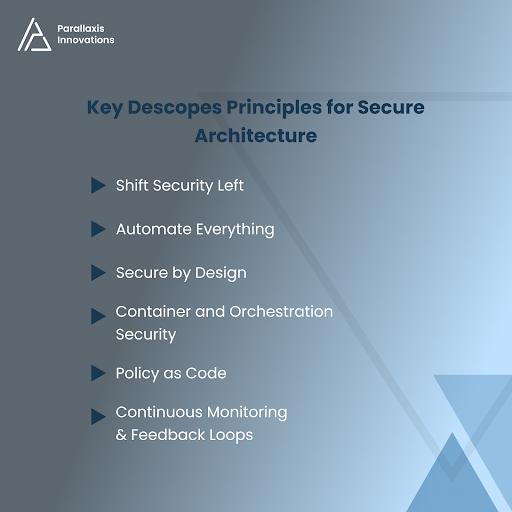
1. Shift Security Left
Security testing starts at the beginning of the development lifecycle.
- Static Application Security Testing (SAST) in the code editor or CI pipeline.
- Dependency scanning (e.g., for known vulnerabilities in NPM, Maven, etc.).
- Threat modelling during design, not post-release.
2. Automate Everything
Manual security checks don’t scale. DevSecOps promotes:
- Automated compliance checks (e.g., Terraform scanning with Checkov).
- Continuous security testing in CI/CD pipelines.
- Secrets scanning tools like TruffleHog or GitLeaks to catch leaked credentials early.
3. Secure by Design
Secure system architecture starts with secure design:
- Use secure APIs and encrypted protocols (TLS everywhere).
- Secure data storage (at rest and in transit).
- Isolate services using network segmentation, namespaces, or VPCs.
4. Container and Orchestration Security
For containerised applications and Kubernetes:
- Use signed and scanned container images.
- Apply Pod Security Standards (PSS) or PodSecurityPolicies.
- Regularly patch the orchestrator and node OS.
- Use service meshes (like Istio or Linkerd) for secure communication.
5. Policy as Code
Define and enforce security policies programmatically.
- Tools like OPA (Open Policy Agent) or Kyverno can enforce policies at runtime.
- Block non-compliant deployments before they go live.
- Policies cover IAM rules, data access, resource tagging, and more.
6. Continuous Monitoring & Feedback Loops
Security doesn’t stop at deployment:
- Implement runtime security tools (e.g., Falco, Aqua, Prisma).
- Monitor logs, access events, and anomalies in real time.
- Use feedback to improve future builds and tighten controls.
Common DevSecOps Tools by Category
Category
Tools
Static Code Analysis (SAST)
SonarQube, Semgrep, Checkmarx
Dependency Scanning (SCA)
Snyk, Dependabot, OWASP Dependency-Check
Container Security
Trivy, Anchor, Clair
Infrastructure Scanning
Checkov, TFSec, Terrascan
Secrets Management
HashiCorp Vault, AWS Secrets Manager
Policy Enforcement
Open Policy Agent (OPA), Kyverno
Runtime Monitoring
Falco, Sysdig, Datadog Security
DevSecOps in CI/CD Pipelines: Example Flow
- Developer pushes code → Triggers CI
- SAST and SCA run → Detect code and dependency vulnerabilities
- Builds container image → Scanned for malware/misconfigurations
- IaC validated → Terraform scanned with Checkov
- Policies enforced: block deployments that don’t meet criteria
- Deployed to Kubernetes → Ongoing runtime monitoring enabled
- Feedback loop → Vulnerabilities reported and fixed in next sprint
Business Benefits of DevSecOps Architecture
- Faster releases without compromising on security
- Reduced risk of breaches and compliance violations
- Lower remediation costs by catching issues early
- Improved collaboration between dev, security, and ops
- Better uptime and user trust
Final Thoughts
Incorporating DevSecOps into your system architecture is no longer optional; it's essential. As systems grow more complex and threats more sophisticated, the only sustainable approach is to embed security into every layer of the software lifecycle.
By adopting DevSecOps principles, you don’t just secure your apps; you build a culture of resilience, transparency, and accountability that scales with your technology.
